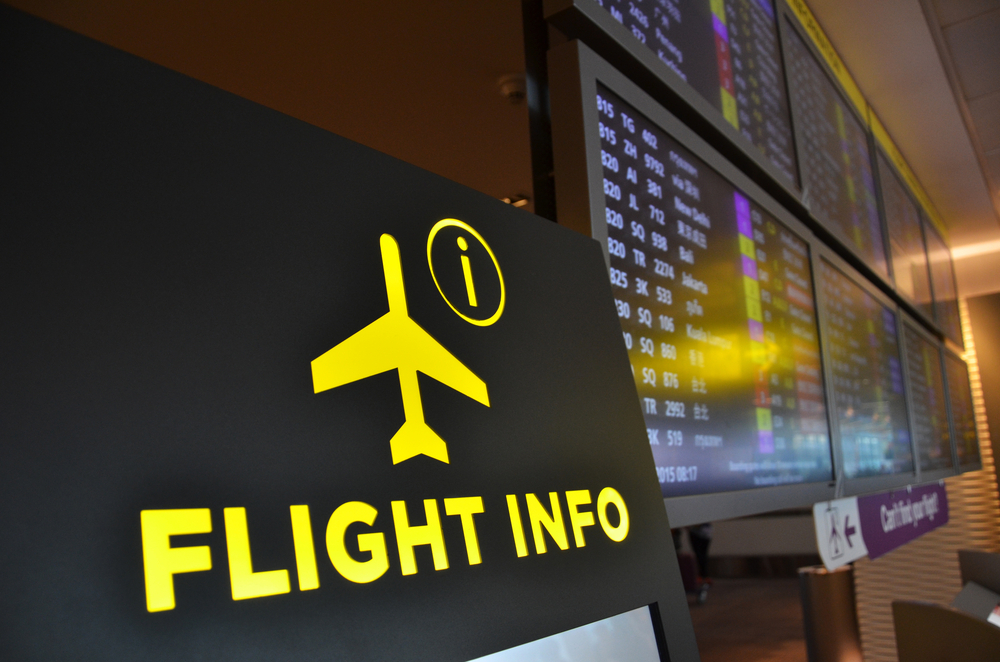COVID hit Singapore Airlines (SIA) hard in 2020, with the company’s share price dropping to S$ 2.09 in April after circuit breaker measures were introduced and the virus spread throughout foreign workers’ dormitories across the island. However, investors seem to have perceived this as an opportunity to buy the dip rather than as a sign of long-term troubles to come: the price rose again almost immediately to S$ 4.41, almost matching its five-year high of S$ 4.44.
While the gains dropped away over the following months, the share price has not been as badly hit by the subsequent extensions of public health and travel restrictions as one may expect. Even after posting news of an S$ 5.5bn loss, the company’s share price did not drop far below the S$ 3.50 mark. Moreover, now that a vaccine appears to be on the short-to-midterm horizon, its future now seems reasonably solid (the same goes, but to a lesser degree, for Malaysia Airlines, AirAsia and the overall Asian airline industry, whose recent troubles should be alleviated by a gradual opening up).
Why such a strong showing?
Well, SIA remains a fundamentally sound company. The various initiatives it has undertaken in an attempt to keep busy during the pandemic – from home deliveries of airline meals to tours of its training centres – are hardly sufficient to keep a major carrier afloat, but with hefty backing from the Singapore government, its long-run viability was never really subject to question. Indeed, the collapse of multiple airline companies that were less well-prepared to weather the storm may prove to be a boon for SIA. Whether it chooses to buy up defunct rivals or merely to take over their routes, a vulture strategy could prove to be a big win for Singapore’s national carrier once travel takes off again. No doubt the leadership team has had plenty of time to think over the past months, and will be raring to go now that an opening up seems immanent.
The extra momentum is likely to be much-needed, however. The experience of dealing with the pandemic has taught business managers in both the public and the private sector just how much can be done online rather than through long, expensive foreign trips. In future it is likely that corporate accountants will be looking with sharp eyes upon any proposed junketing, and the age of the business class jaunt may be over.
What does this mean for your portfolio? The likely elimination of smaller carriers and the medium-term expansion of larger ones. Be careful though: while SIA may be able to take over Thai Airways’s routes or NokScoot’s infrastructure in the medium term, it will likely be operating in a market with significantly lower long-run aggregate demand.
Disclaimer: This article is written to provide information for general consumption. Investors should not base their investments solely on this article. Investors should consult a professional advisor to determine investment objectives that are suitable to their own circumstances.






